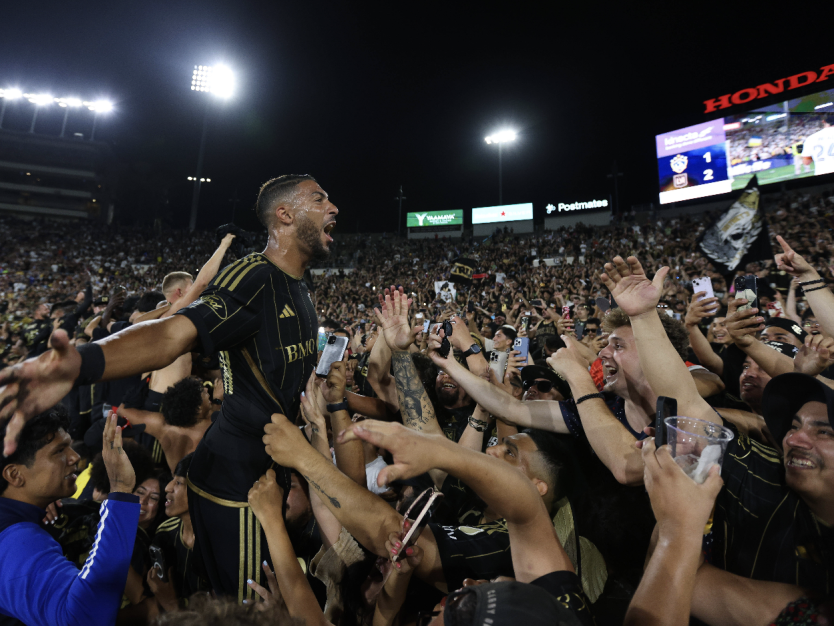
How Sponsors and Brands Can Better Understand U.S. Soccer Fandom
Published on
by Jack Milko
The 2026 FIFA World Cup is right around the corner, so now is the time for brands and sponsors to get ready for the world's biggest sporting event. But how can those interested parties take full advantage of this once-in-a-generation opportunity? SPORTFIVE explains how they can do so by providing insights into U.S. soccer fandom that will help brands win.
In this Insight:
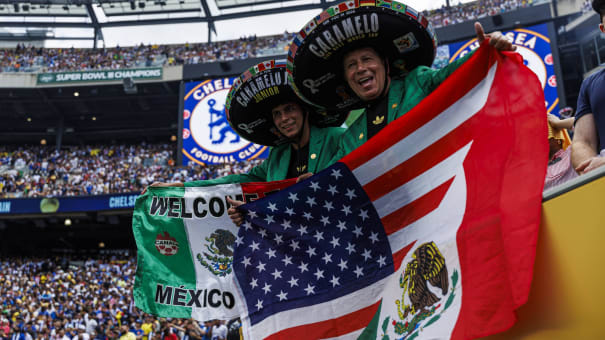
With the 2026 FIFA World Cup arriving on U.S. soil for the first time since 1994, every major brand has been told to “get ready.” But the reality is that the time to do so is right now. Soccer in America has never been more popular, so it’s time for brands and sponsors to get ahead of the moment, show up during the tournament, and ultimately emerge victorious.
At SPORTFIVE, we believe the 2026 FIFA World Cup will mark a generational shift in U.S. soccer culture as the sport continues to grow exponentially. The brands that will win will not be the ones that simply show up for this five week spectacle. Rather, they will be the ones who understand the fan and how they consume the sport.
But who are these American fans? In 2024, SPORTFIVE launched an in-depth study to answer that question. What we realized is that American soccer fans are quite diverse – unlike any other demographic in the sporting world. Here are some insights on U.S. soccer fandom that sponsors and brands should keep in mind as the World Cup looms.
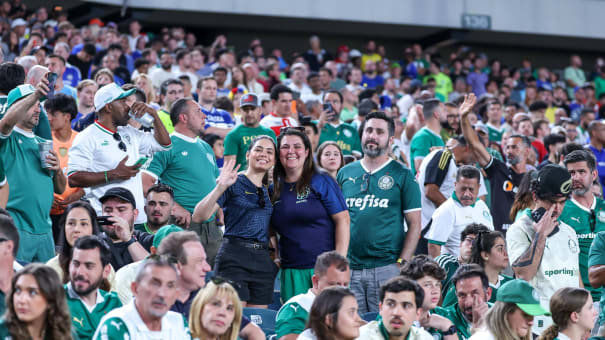
How does the U.S. fan interact with soccer?
It’s important to highlight that 39% of the American population shows interest in soccer in some capacity. That’s roughly 130 million people, which is equivalent to the size of Mexico, the 10th largest country in the world.
But of that group, SPORTFIVE has identified seven subsects that help paint the complex picture that is U.S. soccer fandom. Here are the different groups of American soccer fans, and how they interact with the sport overall.
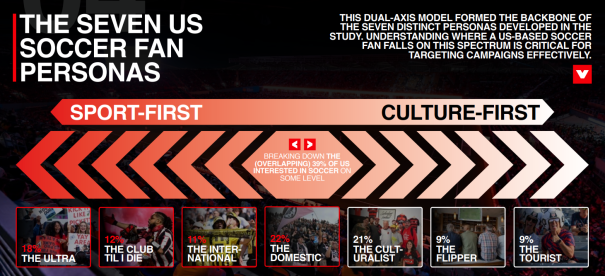
The Seven U.S. Soccer Fan Personas
These Seven Personas exist across a spectrum, with some fans leaning toward "Sport-First" while others tilt towards "Culture-First." SPORTFIVE has segmented these Personas across this spectrum, showing why they're fans and how they interact with the sport.
Brands can use this spectrum to better understand how to best reach and interact with U.S. soccer fans.
1. The Ultra (18% of U.S. soccer fans)
The ultimate soccer fan who devours content from numerous global leagues, such as the English Premier League, Germany’s Bundesliga, Spain’s La Liga, and the MLS in the United States. Not only do they watch these games on live television – at any time of day – but this subsect consumes the sport through sports blogs, club websites, and social media content. They live, breathe, and think about the sport constantly. This group also tends to be the first adopters of new platforms and services, making them ideal for digital first brand strategies.
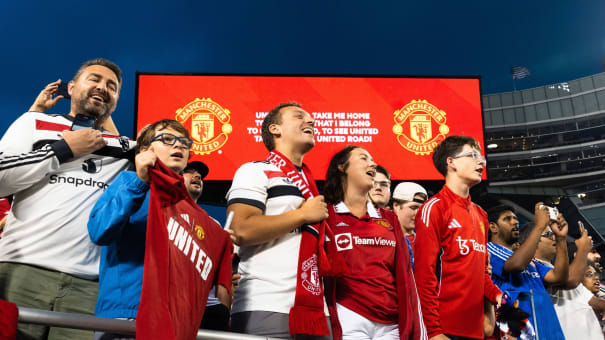
2. The Club Till I Die (12%)
Deeply loyal to a specific club, such as Borussia Dortmund in Germany, Manchester United in England, or the New York Red Bulls in the United States, this fan’s entire week is fixated around a team. Their mood, schedule, and overall plans revolve around the club’s games. This group is also heavily involved in the day-to-day discussion surrounding the club across social media and other digital platforms. They help drive the narrative and the overall scope of a given team’s current situation.
3. The International (11%)
Despite living in the United States, this fan prefers the historical significance, culture, style, and tactics of European leagues. They also tend to be more affluent and well-traveled, making their affinity for European fixtures stronger. Their previous visits abroad make them yearn for it more, which means they are willing to pay for premium experiences to satisfy their fandom. Consequently, this group values international fashion, media, and life-style brands, making those brands attractive to this subsect of the U.S. market.
“Love for the game of soccer is the tie that bonds almost 40% of the US population, but the diversity of where their fandom resides makes the U.S. the most unique soccer country in the world."
Jason Wolfe, the EVP of Brand Solutions at SPORTFIVE

The Ultra
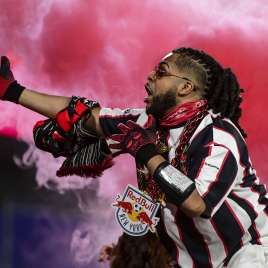
The Club Till I Die

The International

The Domestic

The Culturalist

The Flipper

The Tourist
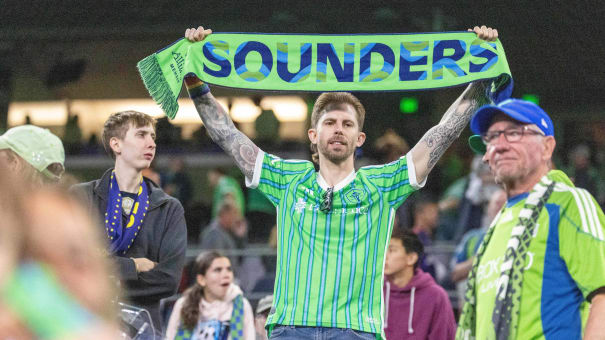
4. The Domestic (22%)
While this group of fans keeps an eye on global soccer, their primary allegiance is to North American leagues, such as the MLS, Liga MX in Mexico, and the NWSL. 9-in-10 Domestic Fans follow MLS actively, engaging with the league and teams on social media and reading opinions, news, and analysis online. They reflect the rising mainstream interest in domestic soccer in the United States. Interestingly, this persona is the wealthiest group to access, with 41% boasting a household income of $100K or more.
5. The Culturalist (21%)
A much younger demographic, these fans enjoy being a part of something bigger than themselves. They frequent platforms like TikTok and Instagram and value fandom experiences over the technical understanding of the sport. They’re not necessarily match-focused, but content with everything that surrounds the games or big events themselves, whether it be social gatherings, parties, or even on-site activations. In turn, this group will share their experiences and photos across social media, thus attracting even more interest from younger individuals.
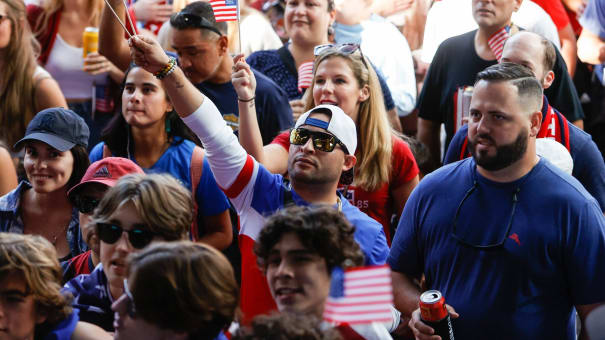
6. The Flipper (9%)
Named after the art of ‘flipping around the TV,’ this fan tends to be older, surfing different channels and consuming whatever match is on. They don’t align with a particular team, nor do they actively engage in conversations across social media. They do not arrange social plans on match day to watch the game either, but they still represent a valuable demographic. This group appreciates straightforward messaging and nostalgic branding, whether it be through the likeability of a team or a star player.
7. The Tourist (9%)
Like ‘The Culturalist’ in nature, this group engages with soccer during major events like the FIFA World Cup, making them crucial targets during tentpole campaigns and big moments. Despite not keeping tabs on the sport on a year-round basis, these fans love being a part of watch parties, branded fan zones, and retail promotions. The FIFA World Cup is a massive moment for the entire world, which draws people in from all walks of life. Hence, these Tourists, who want to engage with the FIFA World Cup, will engage heavily over a short period time and therefore spend more on travel, merchandise, and food/beverage.
"With the 2026 FIFA World Cup fast approaching, understanding the unique nature of U.S. soccer fandom is essential for any brand looking to make a real impact. At SPORTFIVE, as the world’s leading football agency with deep local expertise and global reach, we help brands go beyond visibility. We connect them to culture, emotion, and community. U.S. soccer fans may come from different heritages and traditions, but what unites them is an intense, growing passion for the sport—and that presents an unparalleled opportunity for authentic engagement and long-term value."
Eduardo Borges, President of Football Americas at SPORTFIVE
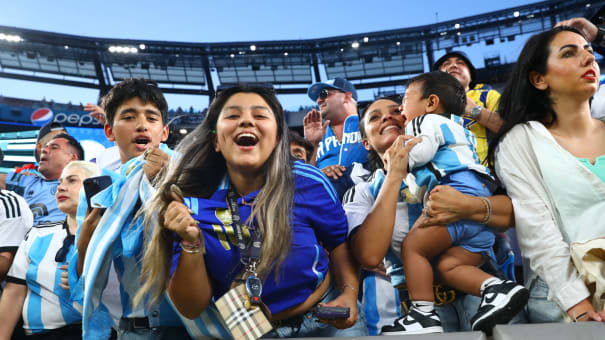
Impact of Latin American fans
Our Personas prioritized behavior and psychological traits regarding “how” fans follow soccer, deemphasizing “who” they are from a demographic standpoint. SPORTFIVE focused on their moods and behavior toward the sport.
That said, given the large Hispanic and Latino population within the U.S., it’s impossible to discuss soccer without understanding this demographic. Soccer is ingrained in Latin American culture. The passion for their clubs and national teams is unrivaled. They have thus become the heart and soul of soccer culture in the United States.
Per SPORTFIVE research, the average age of Hispanic/Latino fans is 32 years old. They consume soccer content visually, through Instagram and Tik Tok, and prefer Spanish language channels, such as Telemundo and Univision. Brands should strongly consider advertising and marketing campaigns in Spanish for the strongest visibility.
On the flip side lies non-Hispanic/Latino fans, who, on average, are 37 years old and are more European and MLS centric. This group follows soccer content more via the written word and they follow mainstream English channels like ESPN and Fox Sports.
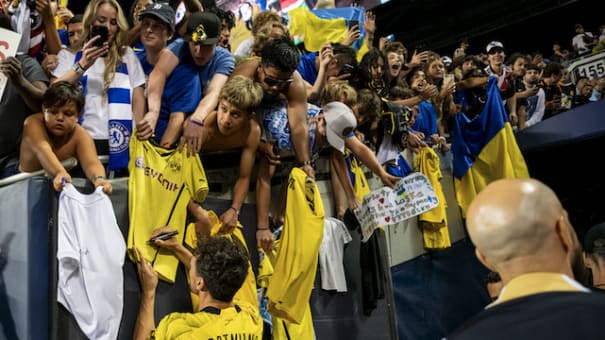
Notable Soccer Fan Media and Engagement Trends
Beyond the personas of U.S. soccer fandom, SPORTFIVE’s study has revealed vital patterns in how fans consume media and how brands can meet them where they are at:
Influencer Impact: Almost 66% of U.S. soccer fans follow at least one streamer or influencer. A staggering 70% of these individuals watch influencer content across YouTube, Twitch, and TikTok several times per week. MrBeast is currently the most followed influencer in the space.
Platform Usage: TV and social media remain dominant for keeping up with favorite teams. Facebook and Instagram lead the charge, while YouTube is the primary channel for influencer consumption. Streaming services like ESPN+, FuboTV, and DAZN, all of which air live matches and programming, are favored by digital native fans.
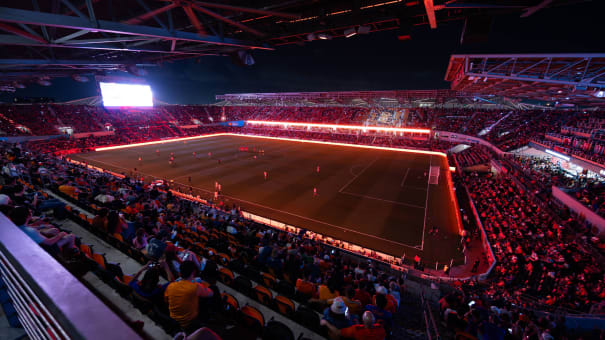
Emotional Commitment: 80% of fans arrange their social lives around match days while 70% report that their mood is significantly affected by game results. That figure only increases during the FIFA World Cup. This emotional link to the game presents a strong opportunity for an emotionally resonant sponsor brand marketing.
Social Group Fan Formation: Family and friends are the most common drivers of fan identity formation. This highlights the role of community in initiating and cultivating long-term fandom beyond childhood, which, in turn, is passed on to future generations.
These patterns showcase a rich ecosystem of fan engagement that goes beyond the game itself. Soccer extends into one’s lifestyle, digital consumption, and emotional investment. Brands would be wise to understand these pathways.
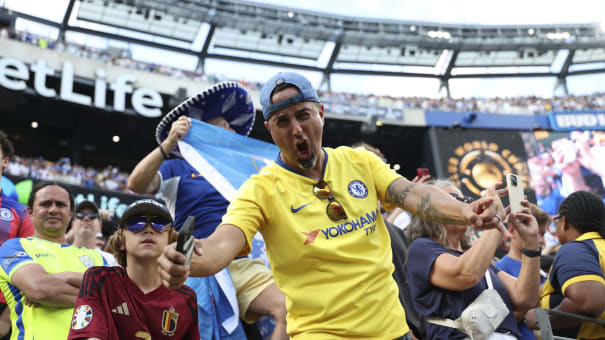
Reaching The Right Fan as a Sponsor
Brands must go beyond a monolithic “soccer fan” approach and instead target specific personas, meeting the fan where they already are.
Crypto and Tech Companies may resonate best with The Ultra and Club Till I Die Personas due to their trend-forward nature and spending habits.
Lifestyle and Fashion Brands could find a strong fit with The Culturalists and The Tourists, who view soccer primarily as a cultural and social experience and are willing to spend.
Family-Centric Brands, like auto or travel, might benefit from aligning with The Domestic, who are likely to have children at home and prioritize attending local and domestic live events.
Media and Streaming Services have an opportunity to engage with our casual, yet sports happy Flippers through highlight packages and curated experiences around soccer.
Frequently Asked Questions
In modern sports, several different types of partnerships exist, all of which can generate significant value.
Sponsorship deals are perhaps the most common form of sports partnerships. Companies invest in sports teams or events in exchange for advertising and brand exposure. These deals provide financial support to the teams and help sponsors connect with their target audience.
Strategic alliances involve two or more sports organisations coming together to achieve common goals. This could include sharing resources, facilities, or even talent. Such partnerships can lead to improved facilities, enhanced scouting networks, and ultimately, better performances on the pitch.
Successful sports teams recognize the importance of engaging with their local communities. Community partnerships involve initiatives such as youth sports programs, charity events, and education. These partnerships not only create goodwill but can foster a committed and engaged fan base.
In today's digital age, media collaborations are key. Sports teams and media outlets often join forces to collaborate on engaging content, including exclusive interviews, behind-the-scenes footage, and live broadcasts. These partnerships boost visibility for both parties.
Sports sponsorship lets brands create emotional content and become an integral part of fans’ daily lives. Every year, over 58 billion euros* are invested in sports sponsorship around the world as a way of reaching and acquiring customers through fan engagement.
€58bn* global volume in sports sponsorship in 2018
A sports marketing agency is a specialised firm that focuses on promoting and enhancing the brand image of sports-related entities, including athletes, teams, leagues, and sports events.
These agencies operate at the intersection of sports and marketing, offering a range of services to clients looking to maximise their visibility and commercial success within the sports industry.
Sports marketing agencies devise and implement strategies to build and manage brand partnerships, negotiate sponsorship deals, organise promotional events, and leverage digital and traditional media for effective outreach.
They play a crucial role in creating and executing marketing campaigns that resonate with sports enthusiasts and broader audiences, aiming to boost engagement, revenue, and overall brand value for their clients in the dynamic and competitive world of sports.
SPORTFIVE is a global sports marketing agency that specialises in various aspects of the sports and entertainment industry. The agency works with sports organisations, teams, and brands to optimise commercial opportunities.
One of SPORTFIVE's key areas of focus is the sale and management of sports media rights, including broadcasting and digital distribution deals. They negotiate and facilitate partnerships, sponsorships, and naming rights for sports entities, helping them enhance their brand value and revenue streams.
Additionally, SPORTFIVE provides expertise in marketing strategies, assisting clients in building strong connections with their target audiences. Their comprehensive approach spans across the sports business landscape, from media rights to sponsorship management, contributing to the overall growth and success of their clients in the dynamic world of sports marketing.
SPORTFIVE operates across a broad spectrum of sports, engaging with diverse disciplines and events globally.
The agency has a comprehensive portfolio that spans popular team sports, individual sports, and major sporting events. They are involved in football (soccer), which is a significant focus given its global popularity.
Additionally, SPORTFIVE is active in sports such as basketball, tennis, golf, motorsports, american football, multi-sport events such as the Olympic and the world of esports & gaming.
The agency's reach extends to various regions and markets, allowing them to navigate the unique landscapes of different sports industries.
Whether facilitating media rights deals, managing sponsorships, or developing marketing strategies, SPORTFIVE's involvement spans across a wide array of sports, showcasing their versatility and ability to cater to the commercial needs of sports organisations and brands in the ever-evolving sports market.